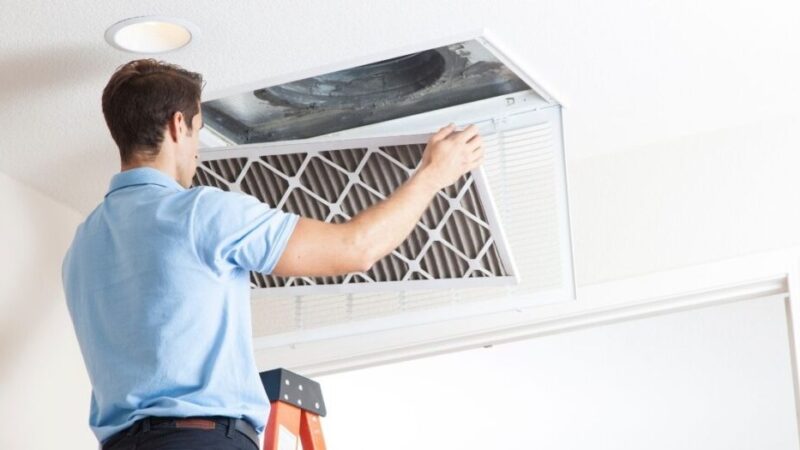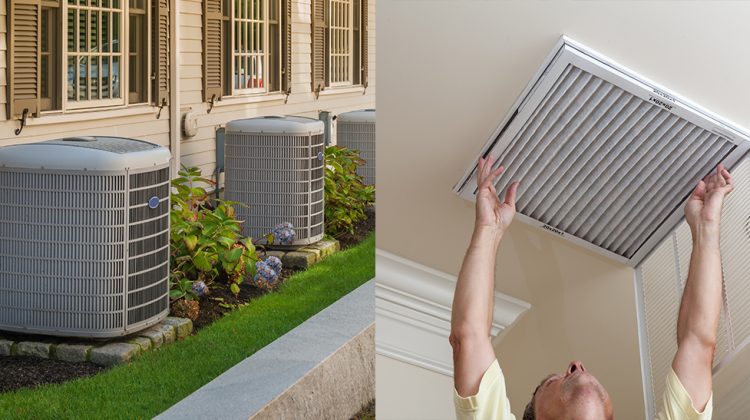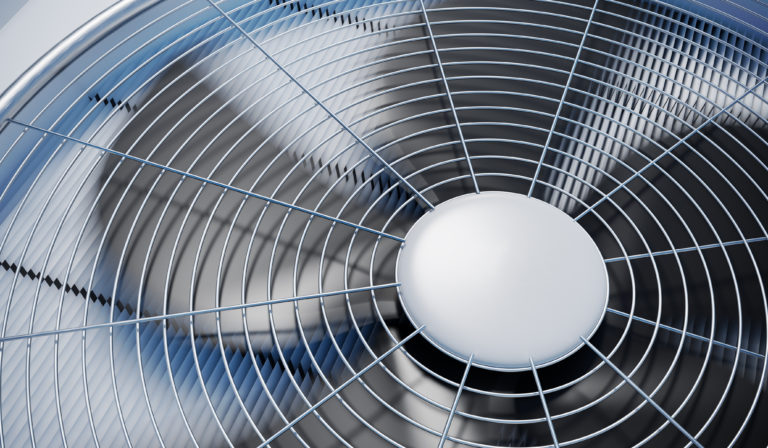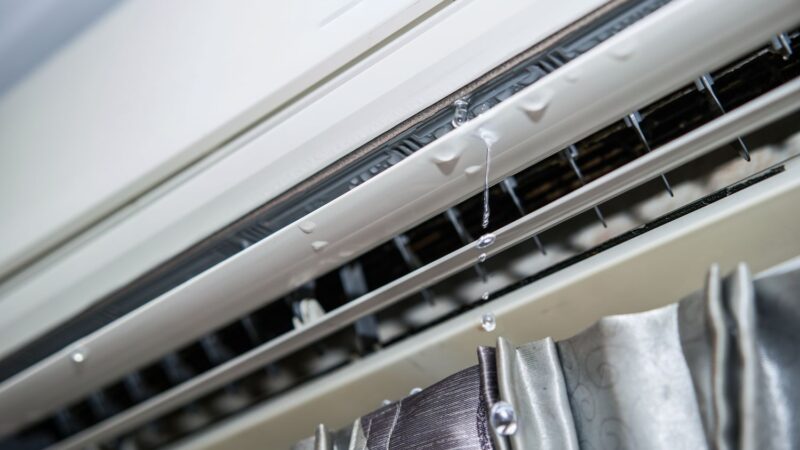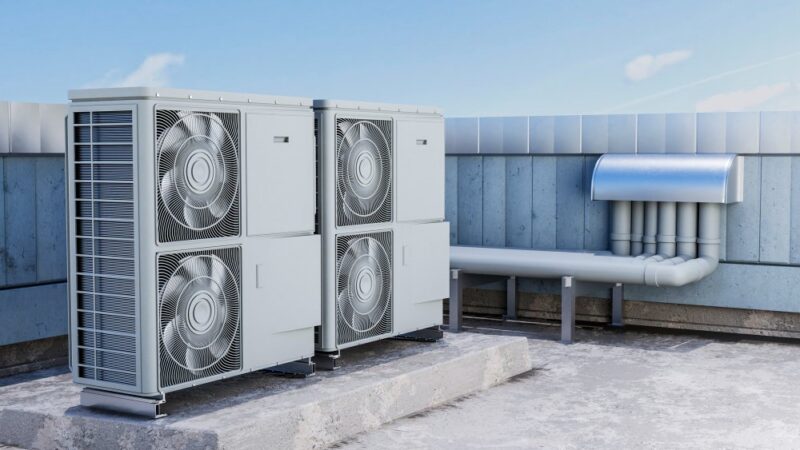Hot and Cold Spots in Home

What are the hot and cold spots in your home? What leads to their formation? How can you resolve these issues? In this blog post, we’ll address all these questions. Keep reading to discover the reasons behind hot and cold spots in your home and find out how to fix them.
What Are Hot and Cold Spots in a Home?
Hot and cold spots are areas in a home where the temperature noticeably differs from the rest of the space, happening in either summer or winter. These variations often result from factors like poor insulation, air leaks, issues with airflow, uneven heat distribution, and shifts in air pressure. Not only can these temperature fluctuations make certain rooms uncomfortable, but they can also drive up energy costs.
Thankfully, these issues are fixable. By pinpointing the root causes and making key adjustments—such as sealing gaps, adding insulation, and using curtains to help regulate temperature—you can restore comfort and improve energy efficiency throughout your home.
Causes of Hot and Cold Spots
Hot and cold spots in your home often signal an issue with your heating and cooling system. The main reason for these uneven temperatures is the improper distribution of conditioned air, which can make certain areas feel too warm or cold. This problem can stem from several factors, including poor HVAC system design or installation, leaky ductwork, inadequate insulation, blocked vents or registers, or clogged filters that limit airflow.
Temperature differences can be even more noticeable in two-story homes, especially if the AC unit is installed on the upper floor. It’s essential to identify the root causes to address these hot and cold spots. Start by checking vents and registers for blockages, assessing insulation levels throughout the home, or consulting an HVAC professional for a thorough inspection.
How to Fix Hot and Cold Spots in Your Home
If you’re dealing with uneven temperatures in your home, a few steps can help restore comfort and consistency:
- Check Insulation: Ensure walls, ceilings, floors, and the attic have sufficient insulation. Proper insulation is key to maintaining even temperatures throughout the house.
- Adjust Air Vents: Try redirecting supply and return vents to improve airflow to areas with hot or cold spots. Sometimes, a simple adjustment can make a big difference in temperature distribution.
- Seal Gaps and Openings: Look for gaps or openings around windows, doors, and other areas where air may escape. Sealing these areas can help reduce temperature fluctuations and improve energy efficiency.
If you’re unsure about the issue or unable to resolve it, contacting an HVAC professional can be helpful. With some maintenance, you can create a more comfortable home environment year-round.
Recommendation
Why Does My Ac keep Freezing Up? Here’s How to Fix It
Air Conditioner Smells Musty? Here’s How to Fix It
How Much Electricity Does an Air Purifier Use?
Air Purifier Vs Humidifier: Which One Do You Need?
Your Dehumidifier Keeps Icing Up, Why and How to Fix It?
Conclusion
Hot and cold spots in a home are common yet fixable issues affecting comfort and energy efficiency. These temperature inconsistencies often arise from poor insulation, air leaks, or issues with your HVAC system, such as blocked vents or leaky ductwork. Fortunately, addressing these causes can make a significant difference.
You can restore even temperatures throughout your home by thoroughly inspecting insulation, sealing gaps around windows and doors, adjusting air vents, and ensuring ductwork is in good condition. If these steps don’t resolve the issue, consulting an HVAC professional can help identify and address any lingering problems. With some targeted adjustments, you can enjoy a comfortable and balanced living space all year round.
FAQs
Q1: Why do I feel cold spots in my house?
A1: Cold spots are often due to poor insulation or air leaks. Common sources of leaks include windows, doors, vents, and ductwork. By sealing these leaks, you can prevent drafts and maintain a more consistent temperature throughout your home.
Q2: Why do I feel hot spots in my house?
A2: Hot spots, like cold spots, may be caused by inadequate insulation or air leaks. Additionally, problems with your ductwork—like incorrect sizing, blockages, or damage—can restrict the flow of cool air, leading to warmer areas.
Q3: Why is there a hot spot in my house?
A3: Issues with your ductwork are often the primary reason for hot spots. Blocked, damaged, or improperly installed ducts can disrupt the airflow to certain rooms. This can be due to internal or external blockages, filter problems, or poor system design.
Q4: How do you check for cold spots in the house?
A4: Using a thermal camera is an effective way to identify cold spots. As you walk around the house with the camera, you’ll see any areas with temperature differences, which likely indicate missing insulation or air leaks.
Q5: Why are parts of my house cold?
A5: Check the insulation in the walls and ceiling of the colder rooms. Adding insulation or sealing gaps around windows and doors can help reduce cold spots. Leaky ductwork in your HVAC system can also reduce the amount of warm air reaching certain rooms.


